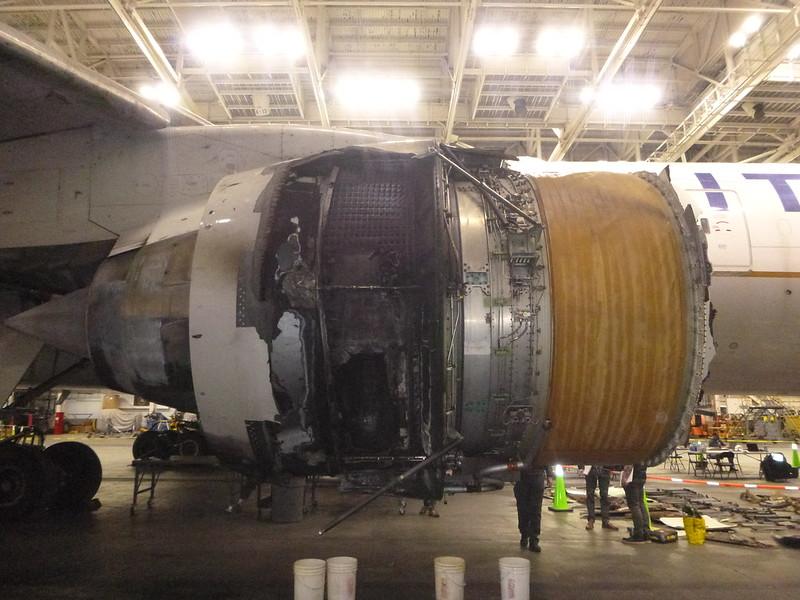
Credit: NTSB
Boeing is developing a series of nacelle improvements for grounded Pratt & Whitney PW4000-powered 777s and wants FAA’s blessing to phase them in as they are finalized, instead of delivering a complete, compliant nacelle structure as required by the agency’s certification rules. In a petition to the...
Subscription Required
This content requires a subscription to one of the Aviation Week Intelligence Network (AWIN) bundles.
Schedule a demo today to find out how you can access this content and similar content related to your area of the global aviation industry.
Already an AWIN subscriber? Login
Did you know? Aviation Week has won top honors multiple times in the Jesse H. Neal National Business Journalism Awards, the business-to-business media equivalent of the Pulitzer Prizes.

